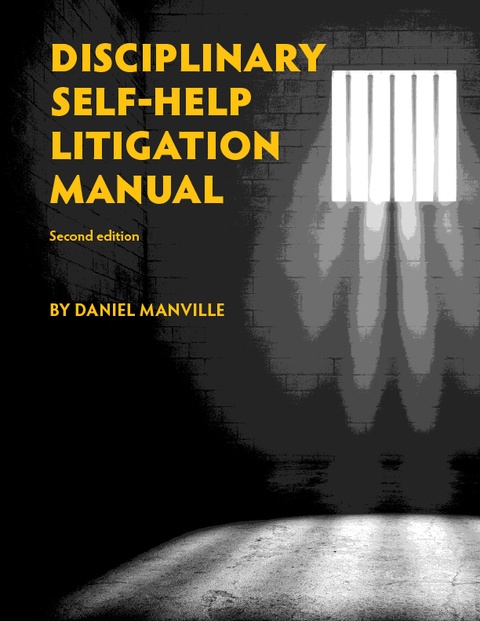Seventh Circuit Announces Maximum Revocation Sentence for Violation of Supervised Release Based on Classification of Underlying Offense at Time of Conviction, Not at Time of Revocation
by Sam Rutherford
The U.S. Court of Appeals for the Seventh Circuit held that the maximum sentence a defendant may receive when his or her supervised release is revoked is determined by the classification of the underlying offense at the time of conviction, not the classification of the underlying offense when the revocation occurs.
Background
Shannon Cotton was convicted of two counts of violating 21 U.S.C. § 841(a)(1), (b)(1)(B) for distributing and possessing with intent to distribute at least five grams of cocaine. Due to his prior felony convictions for possessing and delivering cocaine in Illinois state court, Cotton faced a mandatory minimum of 10 years and a maximum of life in prison. The U.S. District Court for the Central District of Illinois sentenced him to 262 months (almost 22 years) and eight years of supervised release.
In 2010, Congress passed the Fair Sentencing Act, which altered the threshold amount of crack cocaine required to trigger statutory maximum and minimum sentences under § 841 from 5 to 28 grams. The Act, however, was not retroactive and did not benefit Cotton.
But the First Step Act, passed in 2018, did. Under that law, District Courts were given discretion to resentence defendants “as if” the new penalties in the Fair Sentencing Act were in effect when the underlying offense was committed. Cotton’s sentence was reduced from 262 to 188 months under this provision, and he was released from prison in the fall of 2020 to begin serving his term of supervised release.
Cotton struggled with substance abuse and maintaining law abiding behavior once released. His probation officer petitioned the District Court to revoke his supervised release based on positive drug tests and being caught possessing a large quantity of marijuana.
Prior to the revocation hearing, the parties disputed the maximum sentence Cotton faced for violating the conditions of his supervised release. Cotton believed that his maximum sentence was two years based on the classification of his § 841 convictions under existing law. The probation department and Government believed the classification of Cotton’s offenses should be determined based on the law in effect in 2007, which resulted in a maximum revocation sentence of 5 years.
The District Court sided with Cotton and imposed a two-year sentence followed by three years of supervised release. The Government timely appealed.
Analysis
The Court stated that the resolution of the Government’s appeal turned on a proper construction of 18 U.S.C. § 3583(e)(3), which provides that the District Court may revoke a defendant’s supervised release and impose a prison sentence of no “more than 5 years in prison if the offense that resulted in the term of supervised release is a class A felony, more than 3 years in prison if such offense is a class B felony, more than 2 years in prison if such offense is a class C or D felony, or more than one year in any other case.” Under 18 U.S.C. § 3559(a)(1)-(4), any crime carrying a maximum penalty of life is a class A felony, any crime with a maximum sentence of at least 25 years is a class B felony, a crime with a maximum of 10 to 25 years is a class C felony, and a crime with a maximum sentence of less than 10 years is a class D felony.
The focus of the parties’ dispute was what class felony § 841 should be treated as for sentencing purposes, i.e., the felony class in 2007 when Cotton was convicted or what the felony class would be under current law, the Court stated. As noted above, Cotton’s § 841 convictions originally carried a maximum sentence of life, making them class A felonies with a maximum revocation sentence of five years. But under the Fair Sentencing Act and other judicial decisions holding that Cotton’s prior Illinois offenses no longer qualify him for career offender enhancement—both of which the District Court was permitted to consider when it resentenced Cotton under the First Step Act—his maximum sentence for the § 841 convictions is 20 years, making them class C felonies with a maximum revocation sentence of only two years. In Cotton’s view, the District Court correctly determined that the law as it exists today should be used to classify his prior convictions.
The Court, however, rejected this approach and instead sided with the Government, holding that the plain language of § 3583(e)(3) requires the District Court to determine the classification of Cotton’s underlying convictions based on the law as it existed when he was originally convicted and sentenced in 2007. This is so, the Court reasoned, because the statute uses the past-tense phrase “the offense that resulted in the term of supervised release” to determine maximum revocation sentence. Cotton’s supervision “resulted” from his 2007 § 841 convictions, which were class A felonies at the time.
Thus, the Court held that the District Court erred in setting Cotton’s maximum revocation sentence at two rather than five years, requiring a new revocation hearing. But the Court explained that this does not mean the District Court is required to impose the maximum revocation sentence. On remand, “the district court may consider intervening changes in law since the time of Cotton’s original sentencing in 2007 and the reduction he received under the First Step Act” and may impose “a reasonable revocation sentence below that upper limit” after considering the factors set forth in 18 U.S.C. § 3553(a), the Court stated.
Conclusion
Accordingly, the Court vacated the District Court’s revocation sentence and remanded Cotton’s case for resentencing consistent with its opinion. See: United States v. Cotton, 108 F.4th 987, rehearing en banc denied, 2024 U.S. App. LEXIS 25339 (7th Cir. 2024).
As a digital subscriber to Criminal Legal News, you can access full text and downloads for this and other premium content.
Already a subscriber? Login





